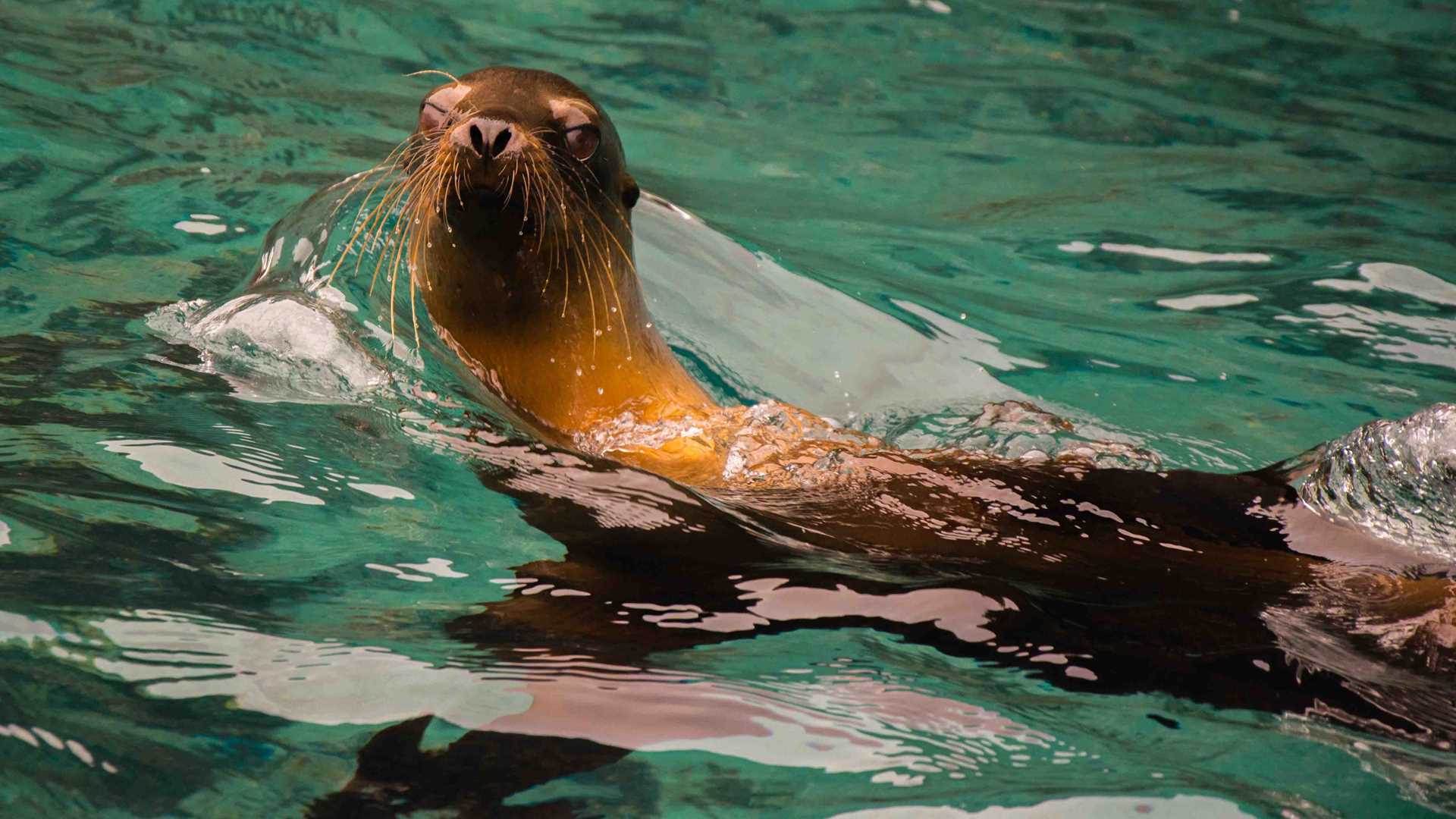Today we explored Floreana Island, an iconic area with a captivating human and natural history. This was the first island in the Galapagos to be colonized by pioneers sent by the government of the Republic of Ecuador when the archipelago was annexed as Ecuadorian territory. When Charles Darwin visited Floreana Island, or Charles Island as he knew it, he already met the first settlers who provided key information about tortoises, information that later on became useful for his work on evolution and natural selection. In the morning, we visited Punta Cormorant and snorkeled on Champion Islet, while in the afternoon we explored the historical area of Post Office Bay and Baroness Bay.
- Daily Expedition Reports
- 01 Aug 2017
Floreana Island, 8/1/2017, National Geographic Islander
- Aboard the National Geographic Islander
- Galápagos
José Guerrero, Naturalist/Certified Photo Instructor
José Guerrero Vela is an Ecuadorian permanent resident of the Galapagos. His mother was born in the islands and his grandfather was one of the first generation of teachers in the Galapagos, which has always inspired him to promote education as the ma...
Read MoreShare Report
Related Reports
11/23/2022
Read
National Geographic Islander II
Isabela and Fernandina
Our day began with the chance to point out a lot of interesting geological features as we enjoyed Zodiac tours along a massive flank of Ecuador Volcano on Punta Vicente Roca. In the afternoon, we took a sunny walk on Punta Espinoza on Fernandina Island. We spotted many iguanas, and a bunch of sea lions hanging around, too.
11/22/2022
Read
National Geographic Islander II
North Seymour & Rabida Islands
Relatively small and low compared to neighboring Santa Cruz, North Seymour is located to the north of Baltra. The island is dry with predominantly low shrubs, like prickly pear cacti. The incense trees are bare during the dry season. Seabirds like frigatebirds and blue-footed boobies nest on the island, and sea lions rest on the sand when they are not fishing. Land and marine iguanas also live here. Rabida is in the middle of the archipelago and has a striking red sand beach. We observed a small colony of sea lions of all ages resting or nursing. Behind the beach, American flamingos nest in a brackish lagoon. This island is full of contrasts and wildlife that we enjoyed observing during this day of expedition.







